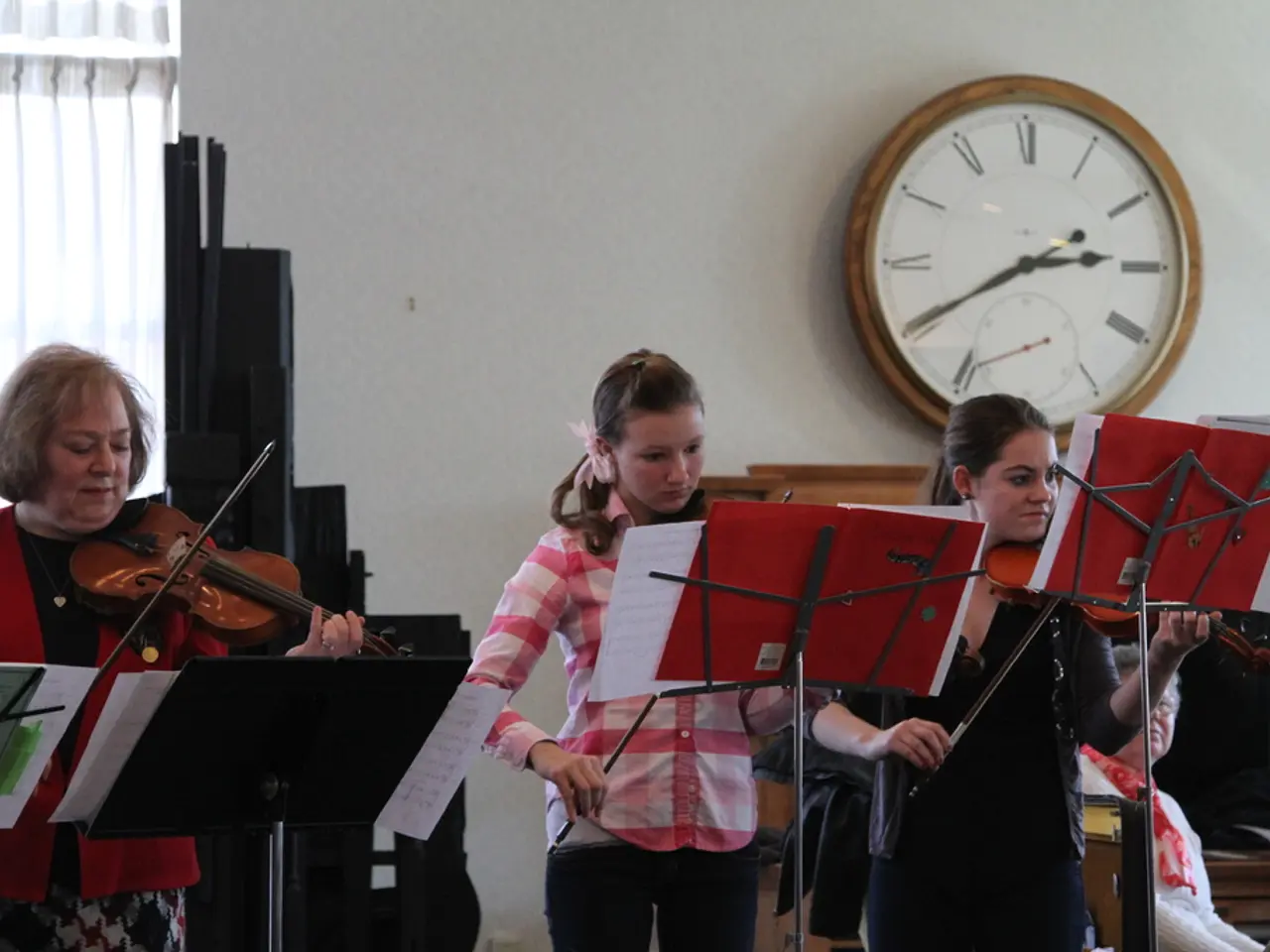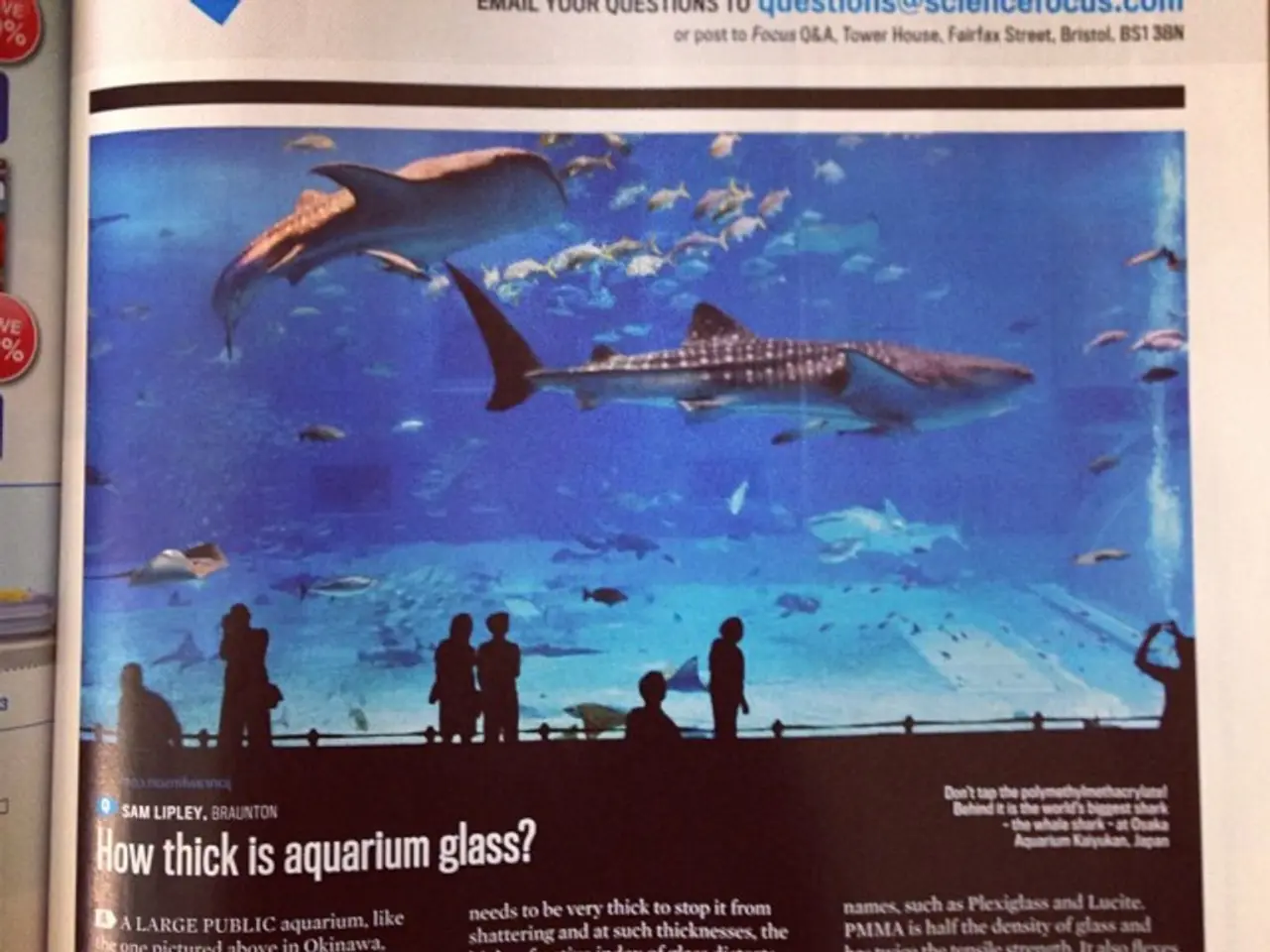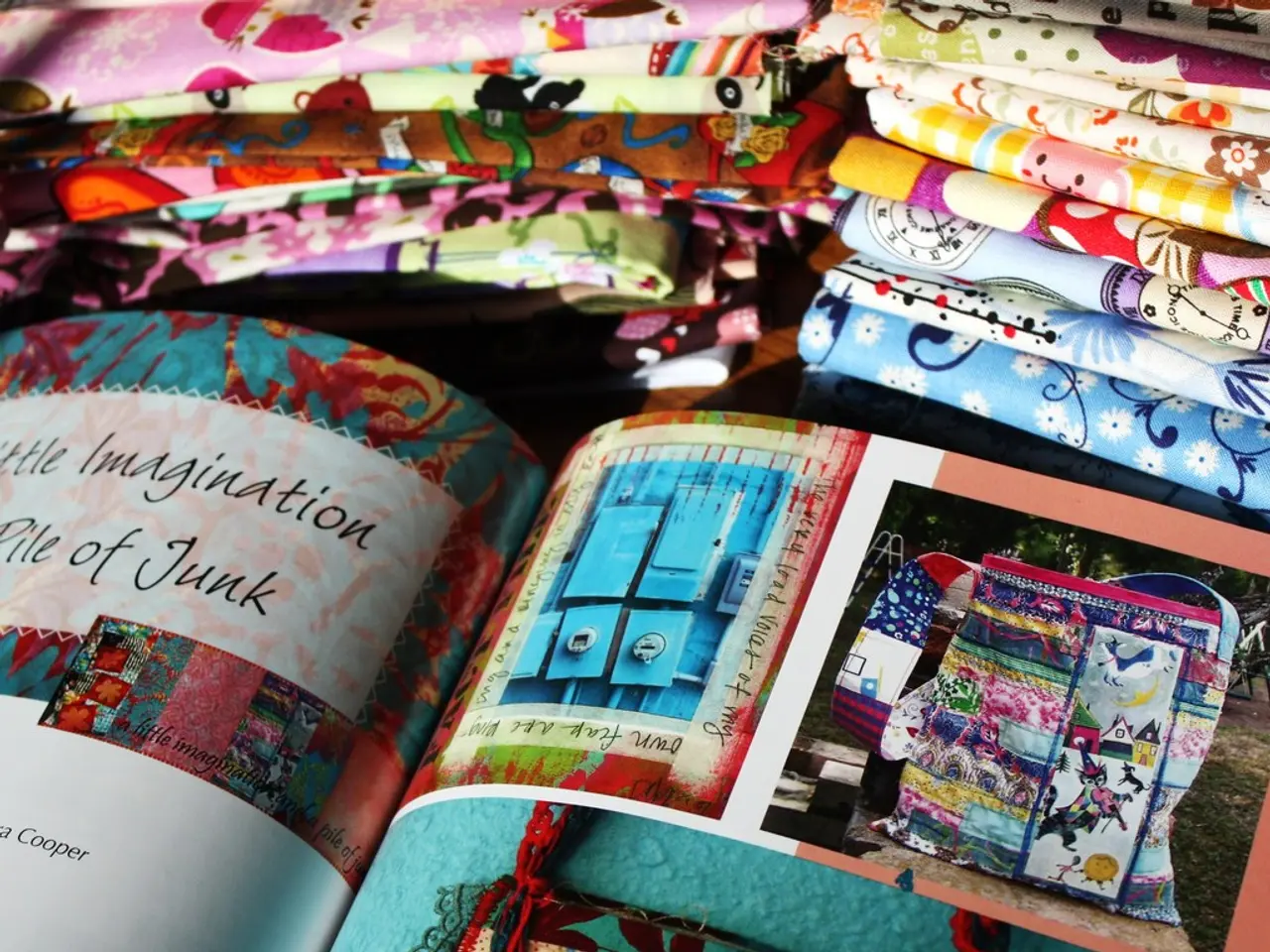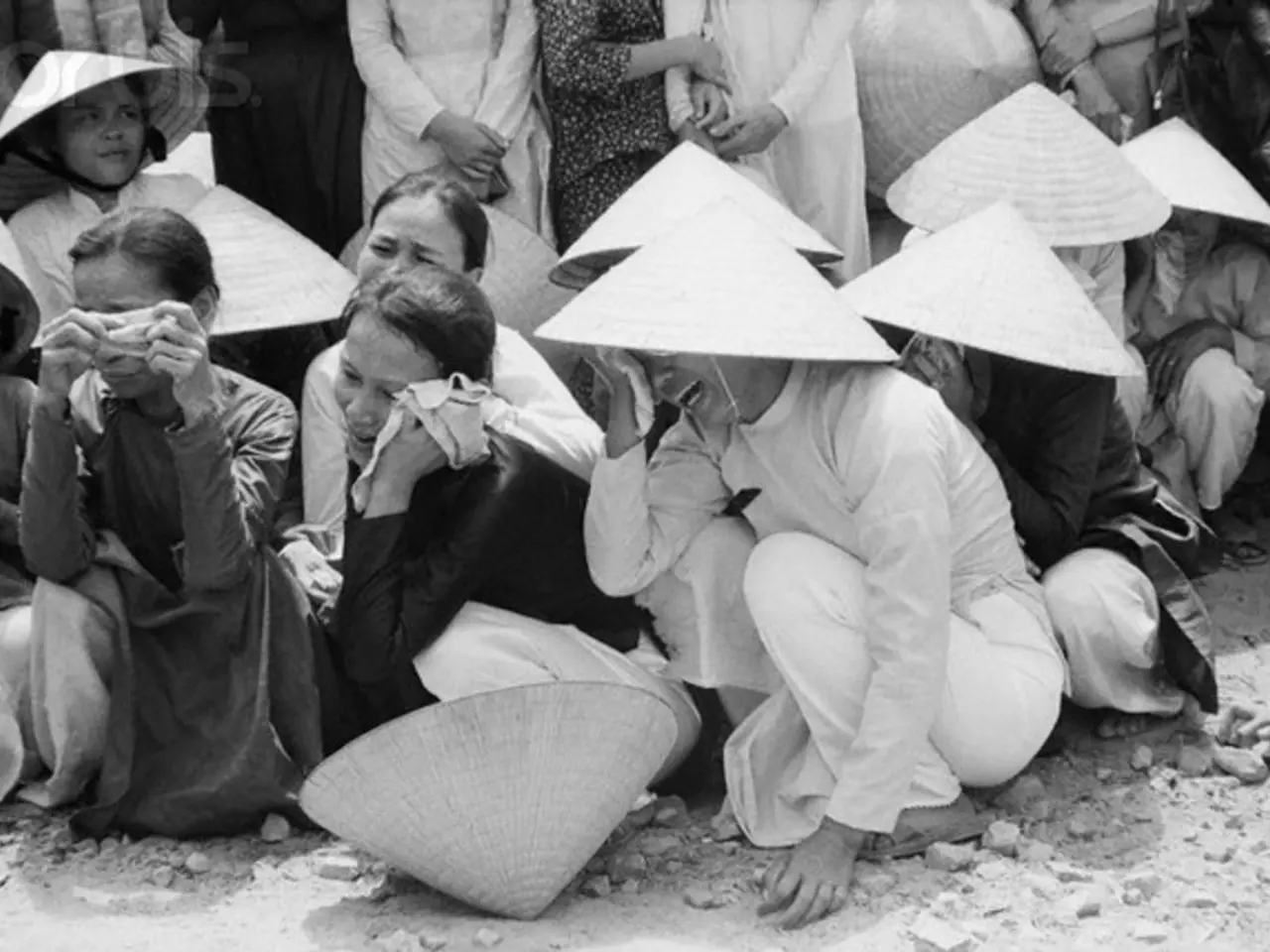Marketing Extravaganza Centered Around Easter Iconography: Bright Eggs and Fluffy Rabbits Headline the Spectacle
In the heart of spring, the Easter Bunny and coloured eggs are symbols that bring joy and excitement to countless households. But did you know that these symbols have roots deeply embedded in ancient spring fertility and renewal traditions, rather than originally Christian theology?
The Easter Bunny traces back to the Anglo-Saxon goddess Eostre (or Ostara), who symbolized fertility and renewal. Rabbits or hares, representing new life and fertility, became associated with this goddess. German immigrants brought the "Osterhase," an egg-laying hare, tradition to America in the 18th century, which evolved into the modern Easter Bunny that hides eggs and delivers baskets to children[1][2][4].
Coloured eggs similarly predate Christianity as symbols of rebirth and renewal in spring. Many cultures exchanged eggs at this season as part of long-standing fertility customs. Early Christian Easter celebrations incorporated these customs, reshaping them as metaphors for resurrection and new life through Jesus Christ[2][3][5].
The tradition of a rabbit bringing colourful eggs at Easter is not historically accurate, but has become a popular and accepted part of the holiday. Chickens, cuckoos, and storks also took on the egg job in different regions. Eggs have been a symbol of new life for centuries, often associated with fertility and rebirth in many cultures.
The custom of hiding and searching for Easter eggs probably originated in the 17th century in Alsace. The tradition of the egg blessing, or benedictio ovorum, is a part of the history of Easter egg customs.
Marketing played a significant role in making the Easter Bunny the audience favourite. The toy and confectionery industry popularized the Easter Bunny with chocolate versions and plush companions. The Easter Bunny does not lay eggs, but it certainly brings a lot of joy and excitement to the Easter season.
Easter is the most important festival in Christianity, commemorating the resurrection of Jesus Christ. The festival is full of hope, joy, and chocolate. Despite its Christian roots, the bunny and coloured eggs reflect older seasonal symbols of life, rebirth, and fertility that became integrated into Easter cultural practices over centuries[1][2][3][4][5].
References:
[1] History.com Editors. (2009). The Easter Bunny. History.com. [Online] Available at: https://www.history.com/news/the-easter-bunny
[2] National Geographic Society. (2011). Easter Bunny: History and Origin. National Geographic Kids. [Online] Available at: https://www.natgeokids.com/uk/discover/history/archaeology/easter-bunny-history-and-origin/
[3] BBC. (2018). The History of Easter. BBC. [Online] Available at: https://www.bbc.co.uk/religion/religions/christianity/holydays/easter_1.shtml
[4] The White House. (1978). The Easter Bunny. The White House. [Online] Available at: https://www.whitehouse.gov/1600/easter-bunny/
[5] The British Library. (2018). Easter and the Easter Bunny. The British Library. [Online] Available at: https://www.bl.uk/learning/timeline/item134194.html
- The tradition of the Easter Bunny, rooted in ancient spring fertility and renewal goddess Eostre, has evolved into a symbol of joy and excitement in modern Easter, despite not being historically accurate in its egg-laying capacity.
- Fashion-and-beauty and entertainment industries, much like the toy and confectionery sector, play a role in shaping public perceptions of the Easter Bunny, transforming it into an adored figure of Easter celebrations.
- Other cultures placed eggs as symbols of rebirth and renewal in spring, with chickens, cuckoos, and storks taking turns to represent this tradition, long before Christianity incorporated these customs into their Easter celebrations as metaphors for resurrection.







